- Home
- Articles
- Architectural Portfolio
- Architectral Presentation
- Inspirational Stories
- Architecture News
- Visualization
- BIM Industry
- Facade Design
- Parametric Design
- Career
- Landscape Architecture
- Construction
- Artificial Intelligence
- Sketching
- Design Softwares
- Diagrams
- Writing
- Architectural Tips
- Sustainability
- Courses
- Concept
- Technology
- History & Heritage
- Future of Architecture
- Guides & How-To
- Art & Culture
- Projects
- Interior Design
- Competitions
- Jobs
- Store
- Tools
- More
- Home
- Articles
- Architectural Portfolio
- Architectral Presentation
- Inspirational Stories
- Architecture News
- Visualization
- BIM Industry
- Facade Design
- Parametric Design
- Career
- Landscape Architecture
- Construction
- Artificial Intelligence
- Sketching
- Design Softwares
- Diagrams
- Writing
- Architectural Tips
- Sustainability
- Courses
- Concept
- Technology
- History & Heritage
- Future of Architecture
- Guides & How-To
- Art & Culture
- Projects
- Interior Design
- Competitions
- Jobs
- Store
- Tools
- More

How to successfully design and create a recognizable identity for a high-density mixed used neighborhood in a site with a heavily historic background?
Table of Contents
ToggleBACKGROUND
The site of study is located in Marzahn-Hellersdorf, Berlin. When the DDR was formed, the village of Marzahn became part of East Berlin. In that time massive plattenbau, a set of identical utilitarian blocks, were produced to house large amounts of families in building structures created to be cheap, standardized and fast built.
NEOBLOCK
NeoBlock is based on the concept of community and identity, as well as the sense of unity where different society sectors share one building, creating in these way areas with a strong and recognizable identity, having as an inspiration the industrial heritage of the site as well as the historic prefabricated buildings. The use of megablocks,, was based on the premise of modernizing and reinventing the concept of large social housing, as well as the negative connotation referring to the typologies of large panel system-building.

IDENTITY
The structure of the megablocks manage to create on one side a sense of unity and inclusivity due to the mixing of different social sectors and the unification of a whole community. But on the other side, the lack of differentiation and identity between apartments and buildings its one of the biggest conflict when discussing large scale habitation units. Therefore the need to provide a strong sense of identity into every building.
CONCLUSION
NeoBlock manages not only to reinforce community and create a recognizable identity, but at the same time develop a district inspired by heritage, where the unity through past and present is undeniable. The project develops a communicative relationship between historical times, the urban and private, and the inhabitant and the structure, the NeoBlock.
illustrarch is your daily dose of architecture. Leading community designed for all lovers of illustration and #drawing.
Submit your architectural projects
Follow these steps for submission your project. Submission FormLatest Posts
An Experimental Renewal of Mountain Architecture: Valley Homestay in Linggen Village
In Zhejiang’s Linggen Village, a forgotten mountain building has been reimagined into...
James Baldwin Media Library and Refugee House by associer
In Paris’s 19th arrondissement, Atelier Associer has reimagined a 1970s secondary school...
43m² Apartment Innovates by Dividing Spaces Without Losing a Sense of Openness
Located in Pinheiros (São Paulo), the project by Zalc Arquitetura relies on...
IMPERIAL HERITAGE in Hangzhou by GFD Studio
Inspired by the harmony between nature and humanity, this Hangzhou residence redefines...








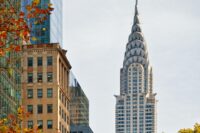

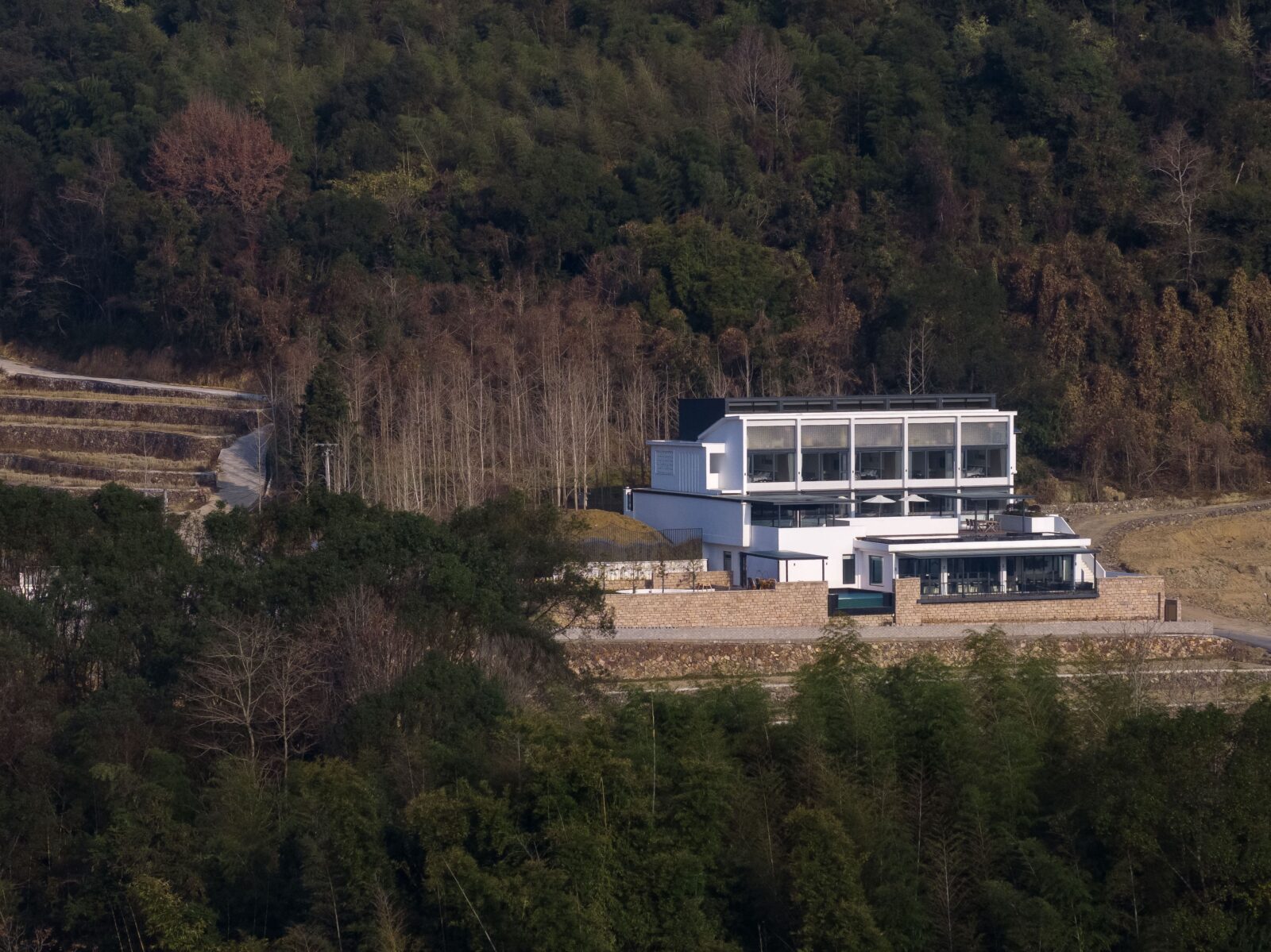
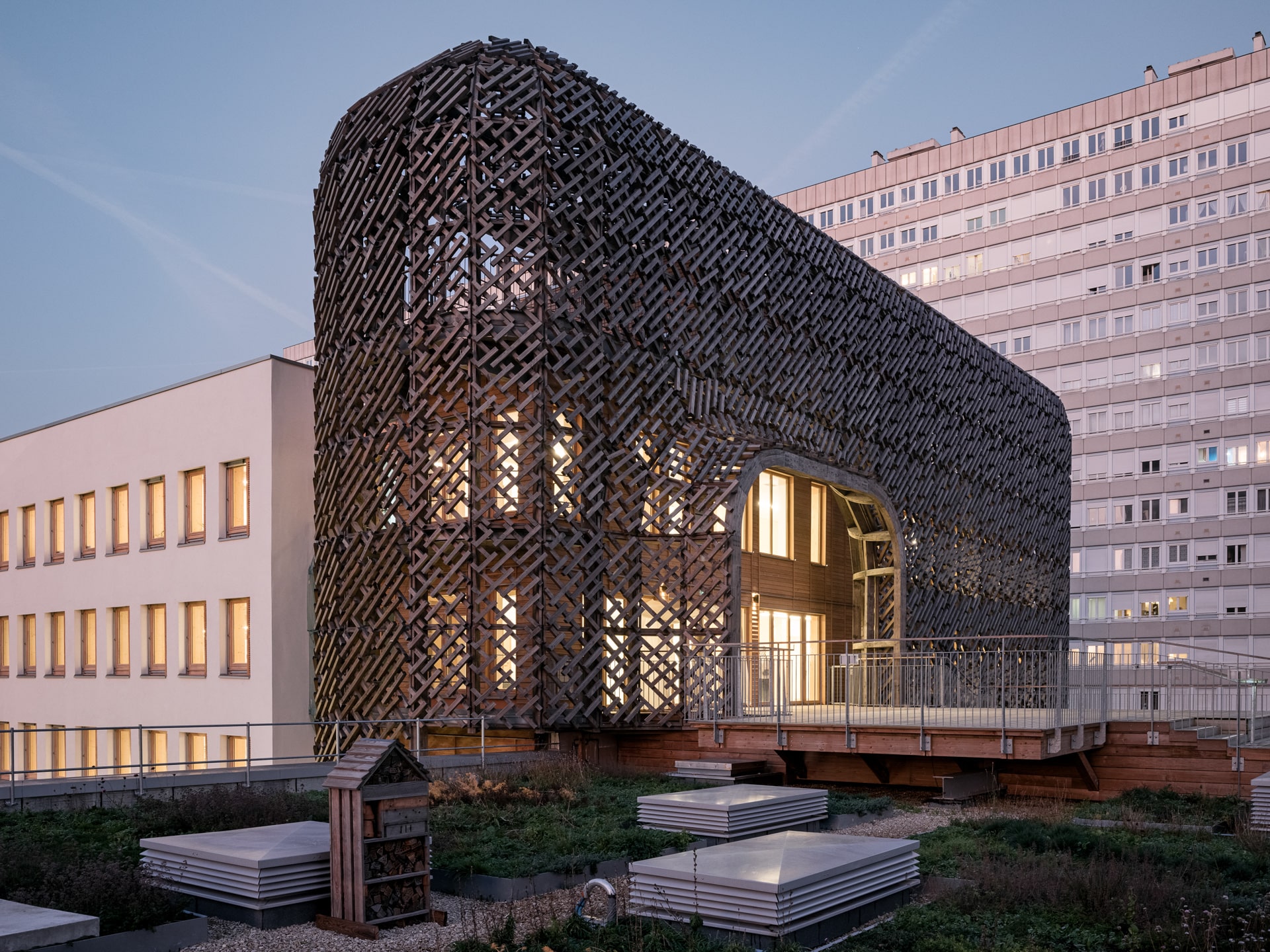
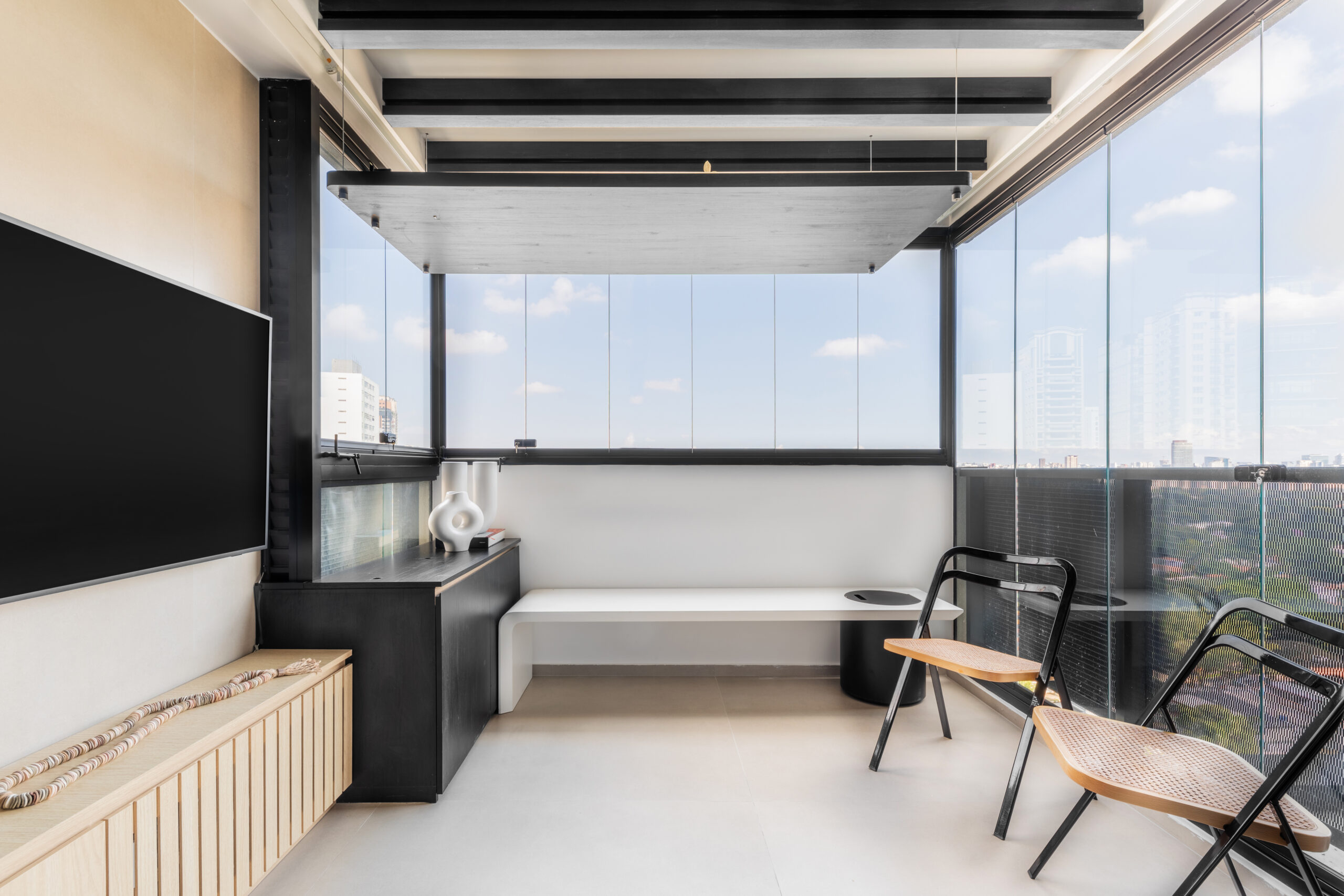
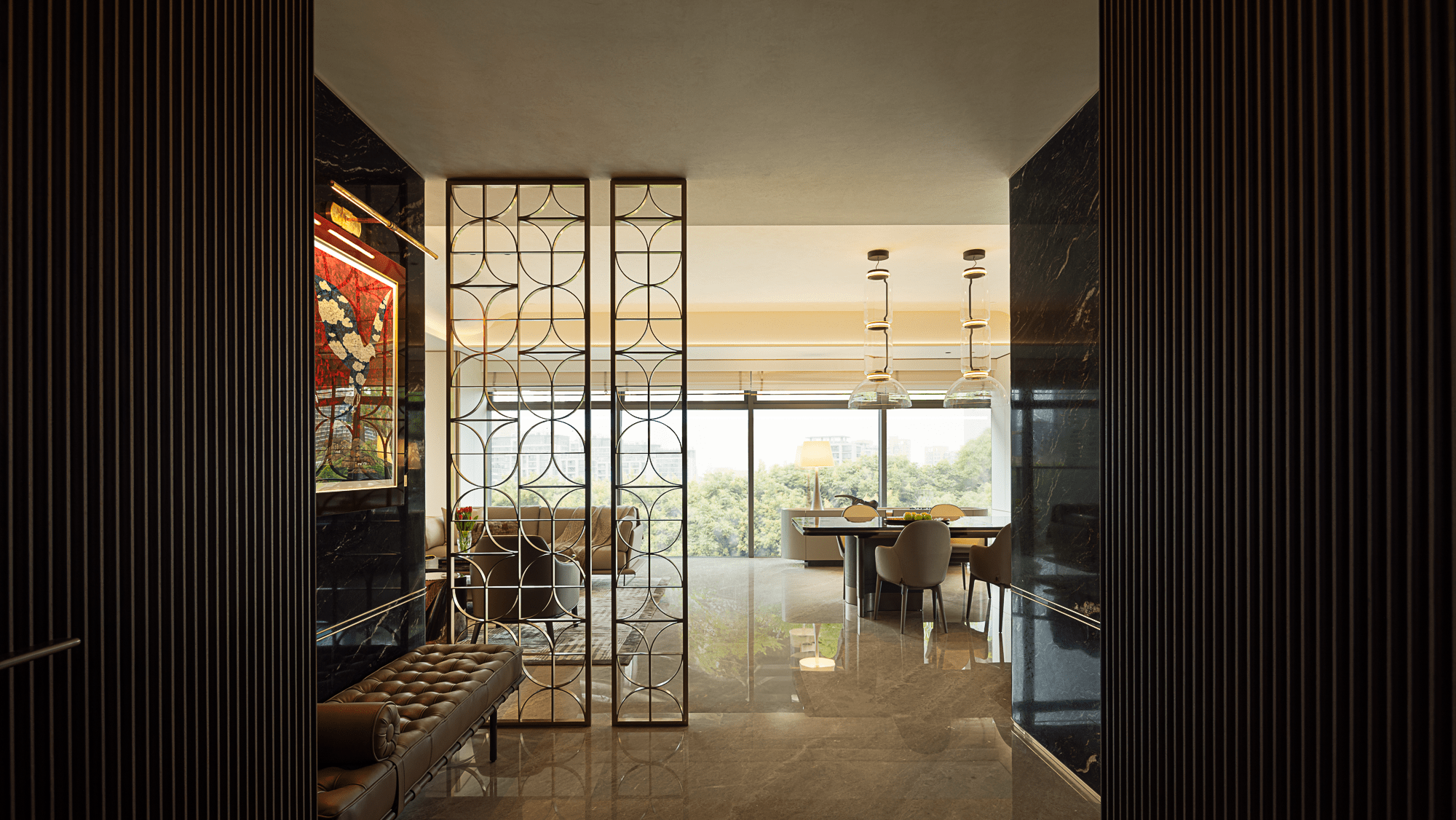
Leave a comment